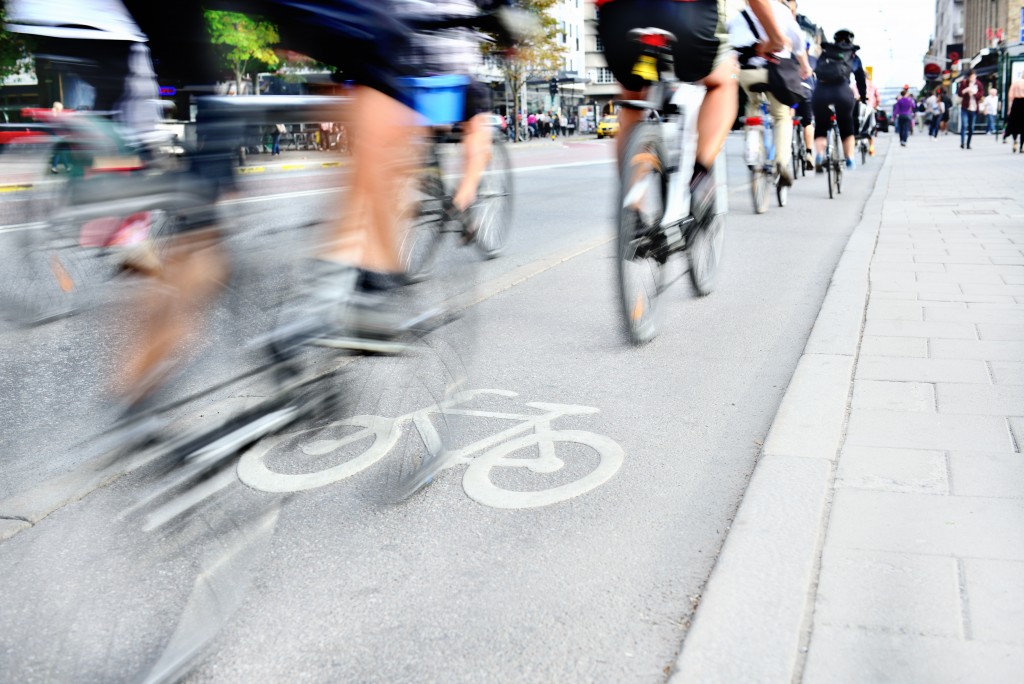Safe Cycling Tips Presented by Sariol Legal
Sariol Legal, presenting sponsor of CAF’s 2017 Million Dollar Challenge (MDC), gave us a guide to the 9 hand signals all riders should know for safe cycling.
For any group of cyclists, one of the most important safety measures will be knowing and using the proper hand signals when you are on the road. California bike laws require that you make your intentions clear when riding, and hand signaling is how you can do that.
Importance of Hand Signaling
For a group, hand signals are very important. Not only will they provide notice for the riders and motorists that you share the road with, but group riders often rely on each other for signals concerning actions that need to be taken. The road conditions may change, there could be an obstacle in the road, or any number of things that a rider in the lead will need to signal to his or her riding buddies about. This can prevent the group from having a pile up.
Here are the most common hand signals you need to know:
Signals
The first step in using these signals for safe riding is learning how to perform them and practicing the motions. Most of them are very simple and easy to master.
- Left turn:Extend the left arm straight out from the body and point to the left. You should perform this signal at least ten yards prior to the turn.
- Right turn:Extend the right arm out straight from the body and point to the right. As with the left turn, you want to make this signal at least ten yards before the intended turn. This signal can very amongst groups, as some will follow the California driving laws which have the left arm at a 90 degree angle, pointing up.
- Slowing down:If you need to slow down, signal the riders behind you by placing an open hand, palm facing out on your low back. Again, the signal can vary according to California Driving law and instead the left arm is used at a 90 degree angle, pointing down.
- Stop:To signal the group of a sudden stop, place your hand behind your back and make a fist.
- Draft:To signal the rider behind you that you want them to draft, pat your butt on the side that wish them to draft.
- Single road hazard:For a single road hazard, the rider should signal by pointing to the hazard with one finger.
- Debris/loose gravel:Point the hand open palm down at the gravel or debris and make a shaking motion with the hand.
- Hazard on shoulder:Put your arm out straight from the body with an open palm facing the side of the road that the hazard is on, then move the hand to the slow down signal.
- Pull through:Use this signal to let the riders behind you know that you intend to drift back into the pack. With your hands still on the handlebars, make a swiping motion with the elbow on the side in which you intend to drop back.
We want everybody to have a great time when they hit the road with their cycling group, and riding safely is one of the keys to ensuring a good time.
California bicycle attorneys commonly see accidents as a result of poor communication between riders in groups. We recommend to go over the signals before a ride with others, and ensure everyone agrees on what each signal means. As a result, you can enjoy a smooth and cohesive group ride, accident free!
Remember if an accident does occur, Orange County bicycle accident attorneys are experts in California bike laws, and can help you to plan your course of action.Sariol Legal Cyclingfor one, is a law firm of legal advocates and cyclists who are dedicated to representing and protecting the rights of injured cyclists.


